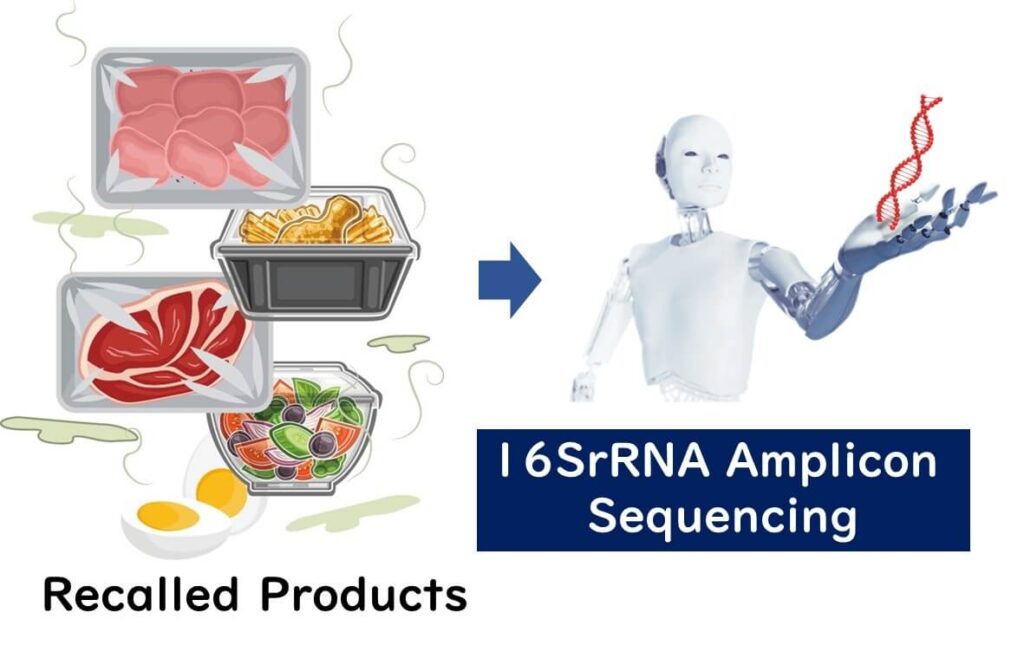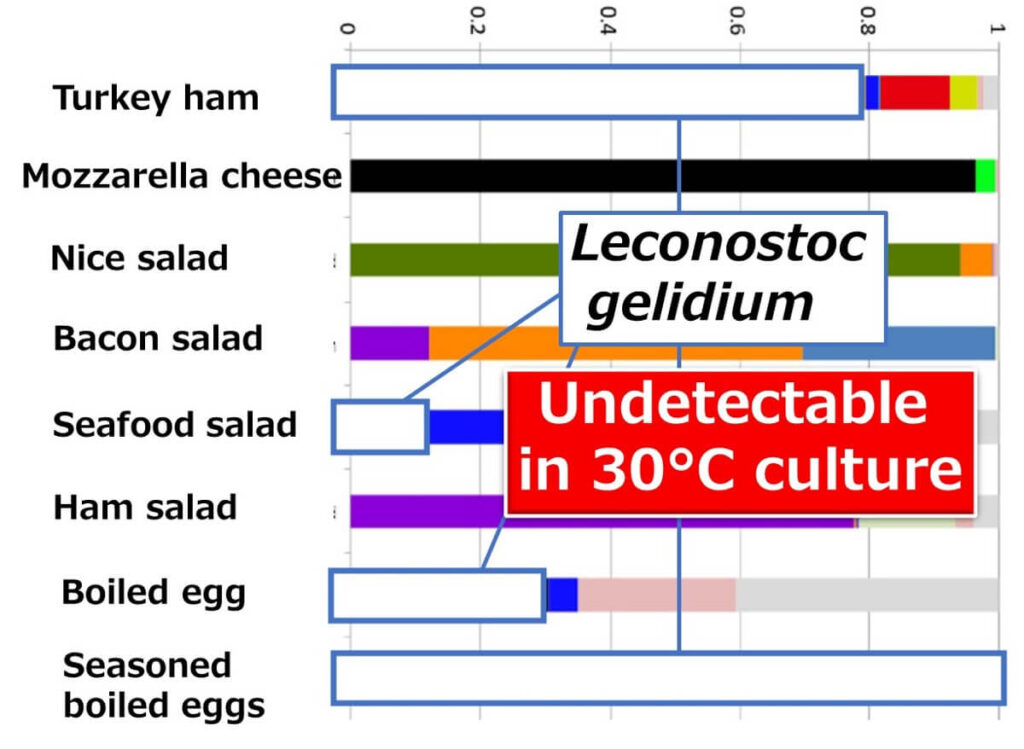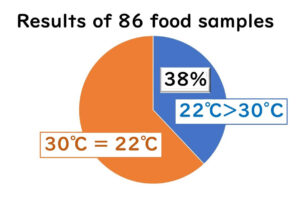This article delves into the spoilage of chilled foods and the role of psychrotrophic bacteria, specifically lactic acid bacteria. We explore findings revealed through 16S rRNA amplicon sequencing analysis, which identifies bacteria undetectable at a culture temperature of 30°C. In a previous article, we discussed a study by Dr. Pothakos and his team from Ghent University, Belgium. Their research demonstrated that culturing at 30°C fails to detect psychrotrophic bacteria, leading to an underestimation of microbial counts. This article serves as a continuation of that discussion.
Study Overview
Dr. Pothakos and his team analysed several cases of spoilage in retail foods in Belgium between 2010 and 2014. Over this period, seven samples from different food companies were submitted to their laboratory. All products were spoiled and analysed either just before or just after their expiration dates.
Main Food Groups Analysed
The key food categories examined in the study included:
- Brine-preserved boiled eggs and mozzarella cheese: These were recalled from the market prior to their expiration dates.
- Mozzarella cheese: Vacuum-packed in 10 kg blocks, these packages had swollen despite being stored at 2°C and still within their shelf life.
- Mayonnaise-based fish salad and ham salad spreads: These were the subject of spoilage complaints at different times by the same company.
- Turkey slices: Returned by a consumer, these slices exhibited white, convex colonies on the surface.
- Ready-to-eat (RTE) foods such as Nicoise salad and bacon salad: These items showed signs of acid spoilage and very high bacterial counts near the end of their shelf life.

Each product exhibited a distinct spoilage profile. However, 16S rRNA amplicon sequencing analysis revealed the presence of multiple lactic acid bacteria—including Leuconostoc, Lactobacillus, Weissella, and Lactococcus—across all samples. Cross-referencing with microbial databases indicated that many of these bacteria, such as Leuconostoc gelidum, are psychrotrophic and cannot grow at 30°C.

Note:The figure above is recreated by the blog author based on key data points extracted from the original article.
My Take on This Study

What struck me most in this study is the clear demonstration that psychrotrophic lactic acid bacteria can cause spoilage even under proper chilled storage conditions. From my perspective, the key takeaway is that reliance on the standard ISO culture temperature of 30°C poses a serious risk of underestimating microbial contamination in chilled foods. This is particularly critical for quality assurance professionals in the food industry, as it may lead to false-negative results during routine microbial testing.
Beyond this report, other instances of spoilage due to psychrotrophic lactic acid bacteria, which do not grow at 30°C, are also being increasingly reported(Pothakos et al.2014). This trend highlights a broader and growing issue in food microbiology that merits attention from both researchers and practitioners.
Equally important is the role of 16S rRNA amplicon sequencing analysis, which proved effective in identifying bacteria that standard culturing methods might miss. This highlights a major gap in current food safety practices and supports the case for updating microbiological testing protocols to better detect psychrotrophs.
This confirms what I’ve long emphasised in my professional experience: standardised methods must evolve to reflect the realities of cold-chain food production and distribution. Ignoring psychrotrophic organisms in testing protocols could compromise product safety and brand trust.
For a comprehensive explanation of the application of 16S rRNA amplicon sequencing analysis in food microbiological testing, please refer to our separate article:

